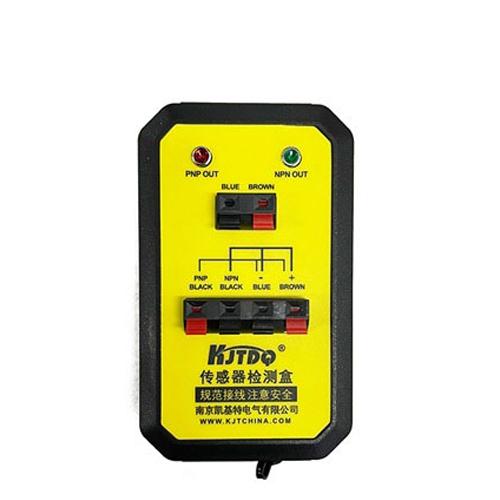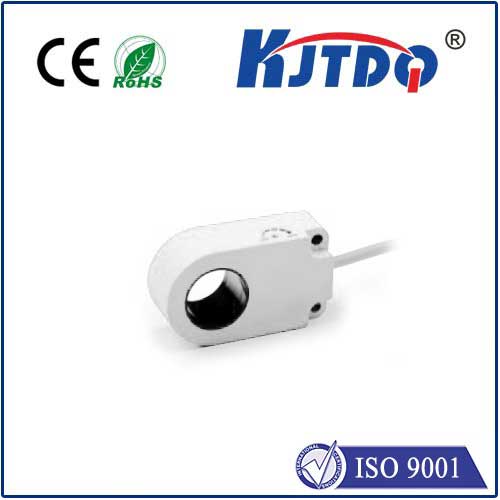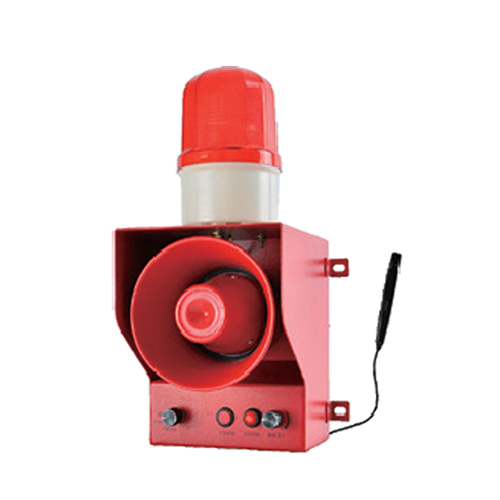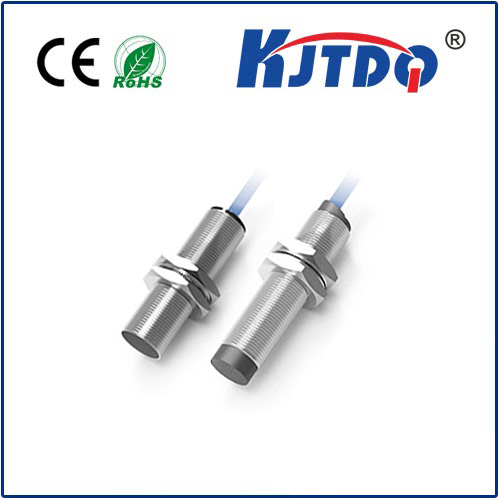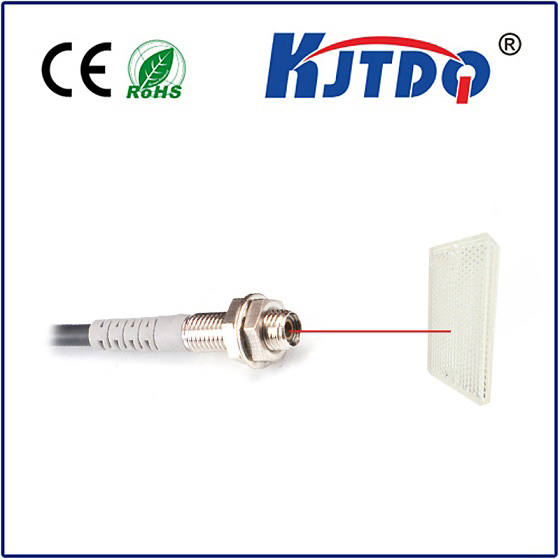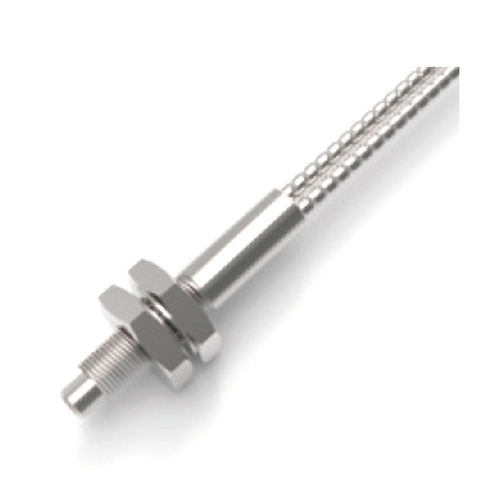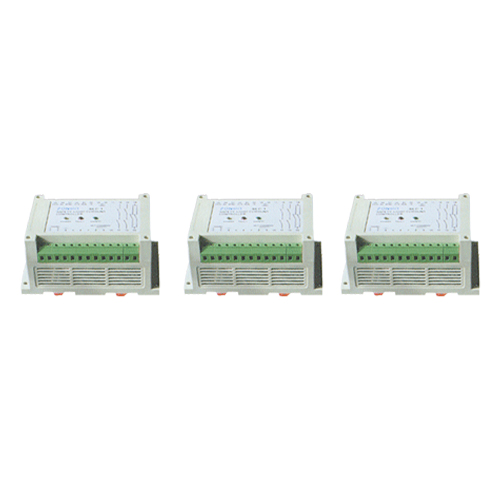

check

check

check

check

check

check

check

check

check

check
Title: Understanding Crane Limit Switches and Their Importance in Industrial Operations
As the backbone of industrial infrastructure, cranes play a crucial role in many manufacturing processes. They are used to lift, move, and transport heavy loads with precision and efficiency. However, to ensure safe and reliable operation, these machines rely on various safety mechanisms, one of which is the limit switch.
In this article, we will delve into the intricacies of crane limit switches and their critical role in enhancing operational safety. By understanding how they function and their significance in maintaining control, operators can better ensure the smooth running of their cranes, reduce risk, and improve overall productivity.
Part 1: What Are Crane Limit Switches?
A crane limit switch is a mechanical or electronic device that is designed to stop the movement of a crane's boom or other lifting components when they reach a certain position. These switches are installed on the crane's hoist mechanism or its control system to provide an early warning signal when the boom has reached its limits.
The purpose of these switches is twofold: first, to prevent over-extension of the crane's boom, which could lead to damage or injury; and second, to ensure that the crane operates within specified parameters, such as weight capacity or load centerline, thus preventing overloading and imbalance.
Part 2: How Do Crane Limit Switches Work?
Crane limit switches operate based on different principles, depending on whether they are mechanical or electronic. In the case of mechanical switches, they typically consist of a trigger arm that extends when the boom reaches a certain angle or position. When the arm is fully extended, it contacts a lever or disc that then opens a circuit to stop the machine's motion.
Meanwhile, electronic limit switches use sensors that detect the position of the boom and send a signal to the control system. The control system then interprets this information and sends a command to stop the crane's movement before any damage occurs.
Part 3: The Importance of Crane Limit Switches in Operational Safety
The importance of crane limit switches cannot be overstated. In fact, they are often considered to be the backbone of crane safety systems. Here are some reasons why:
Early Warning Signals: Crane limit switches provide an immediate alert to operators if the boom has exceeded its limits. This allows for timely intervention, preventing accidents from occurring.
Prevention of Overload and Imbalance: By ensuring that the crane does not exceed its weight capacity or load centerline, limit switches help prevent overloading and imbalance, reducing the risk of collapse or other catastrophic failures.
Compliance with Regulations: Many industries have strict regulations regarding the safe operation of cranes. Limit switches play a key role in ensuring that cranes comply with these standards, which can help prevent fines and other penalties.
Improved Productivity: By minimizing downtime due to malfunctions or accidents, limit switches can help improve overall productivity in manufacturing facilities.
Conclusion
Crane limit switches are an essential component of safe and efficient crane operation. By understanding how they work and their significance in maintaining control, operators can take steps to minimize risk and maximize productivity in their operations. As always, proper maintenance and regular inspections are crucial for ensuring that limit switches continue to function properly and provide the necessary safety protection.
